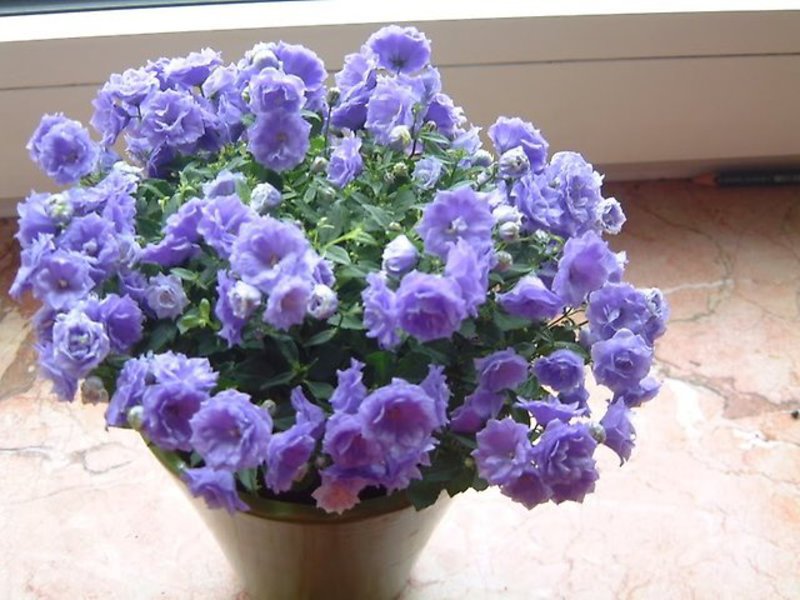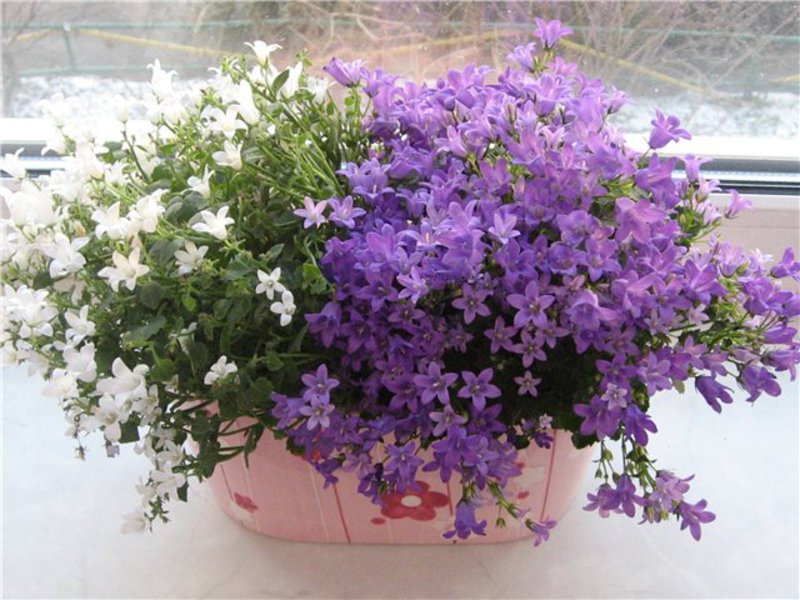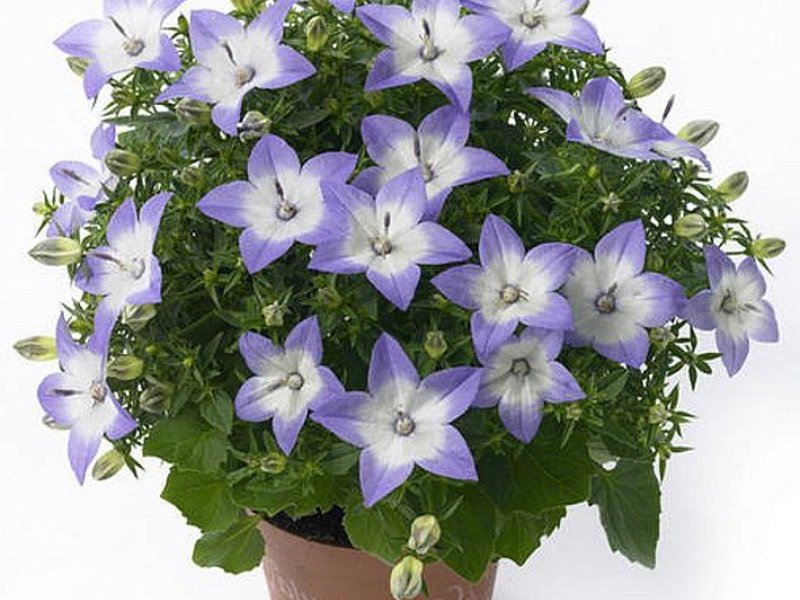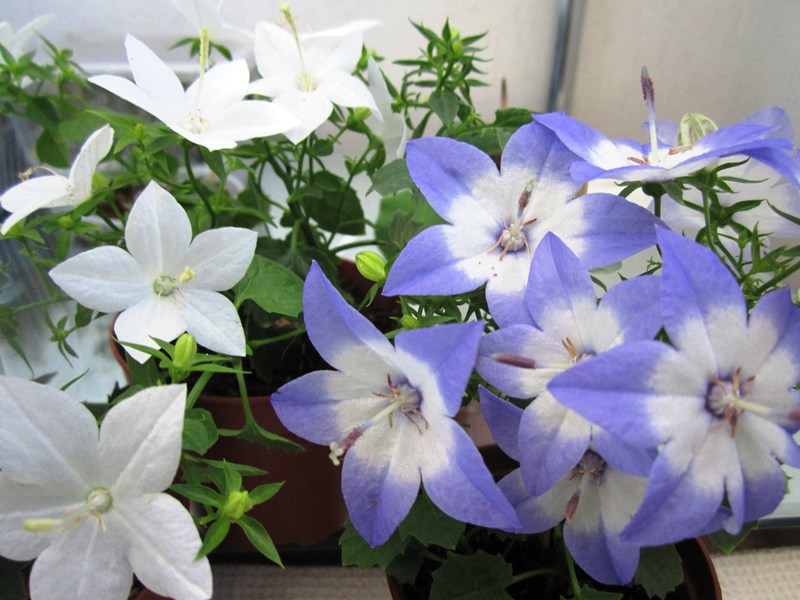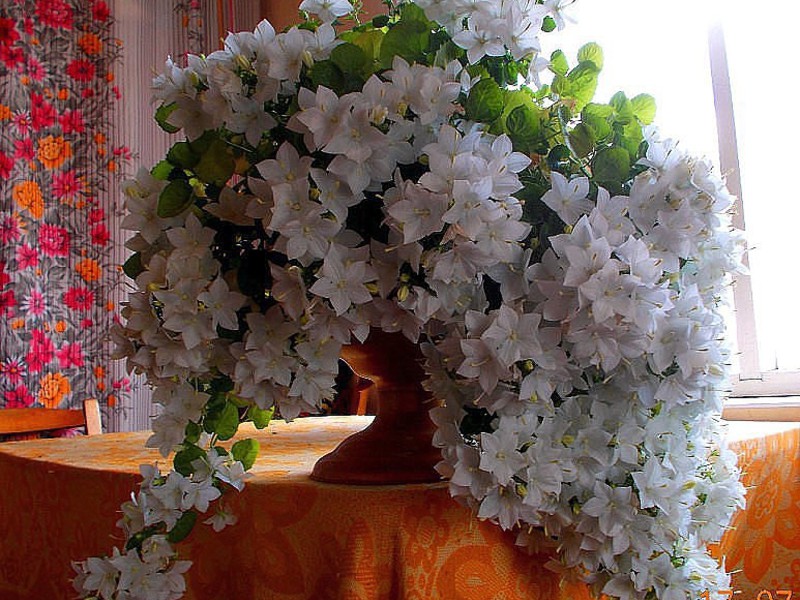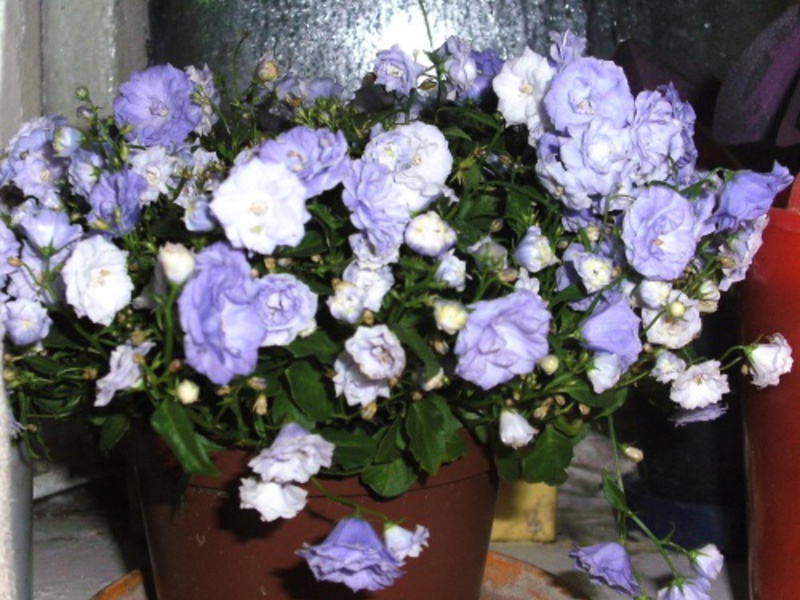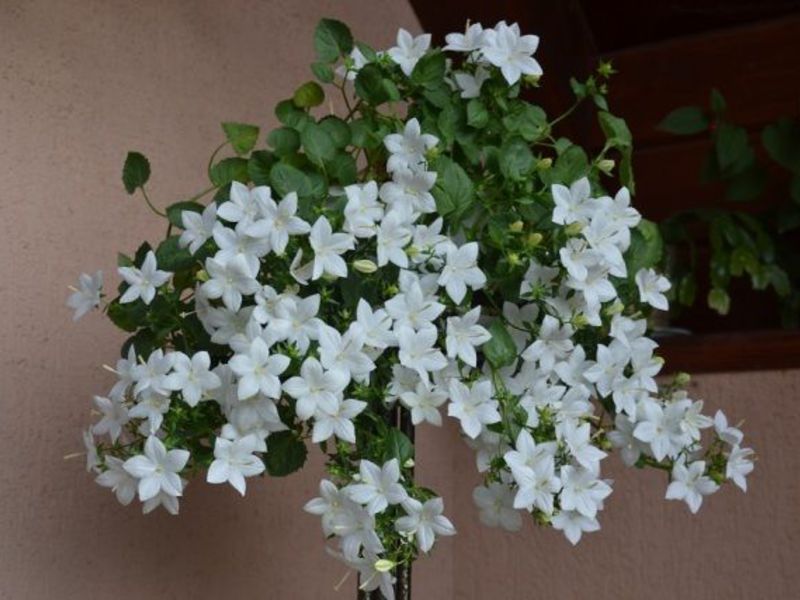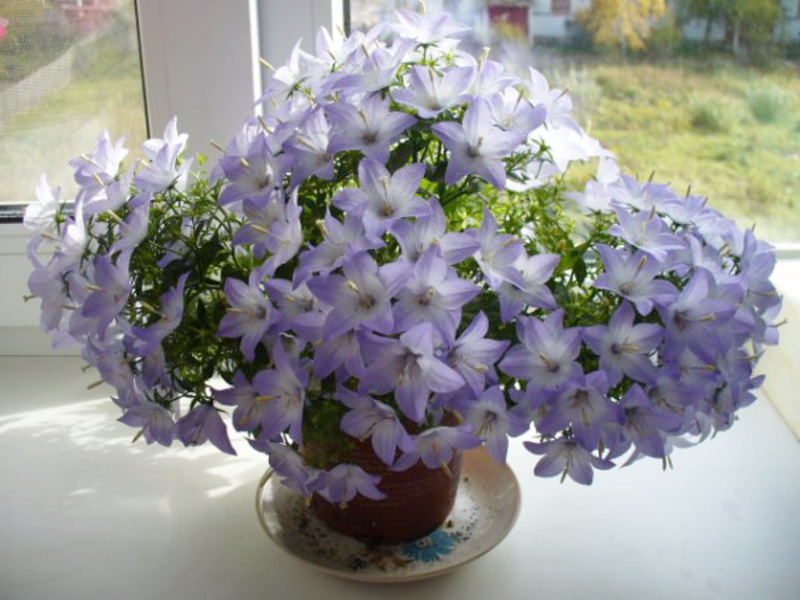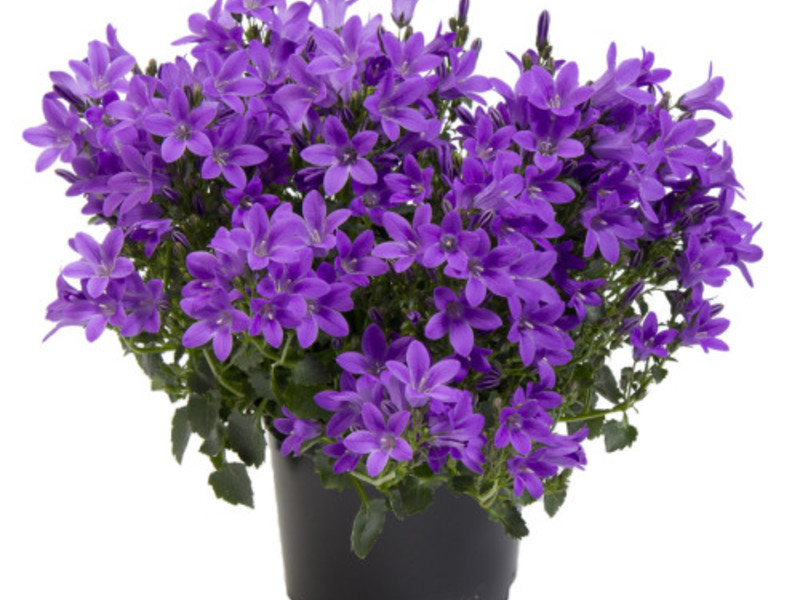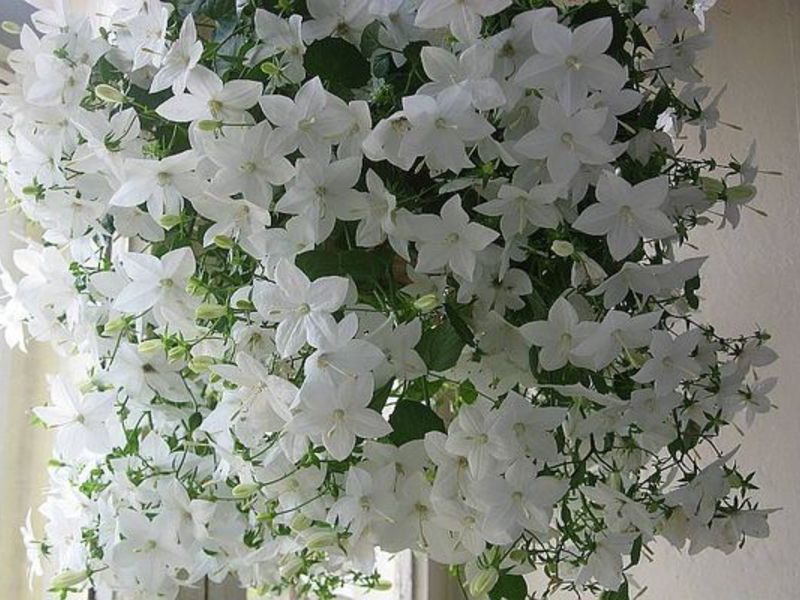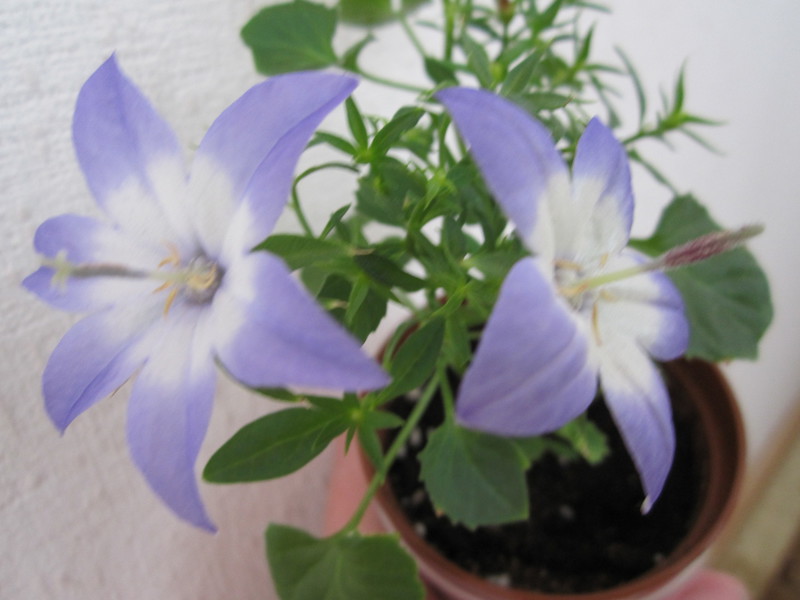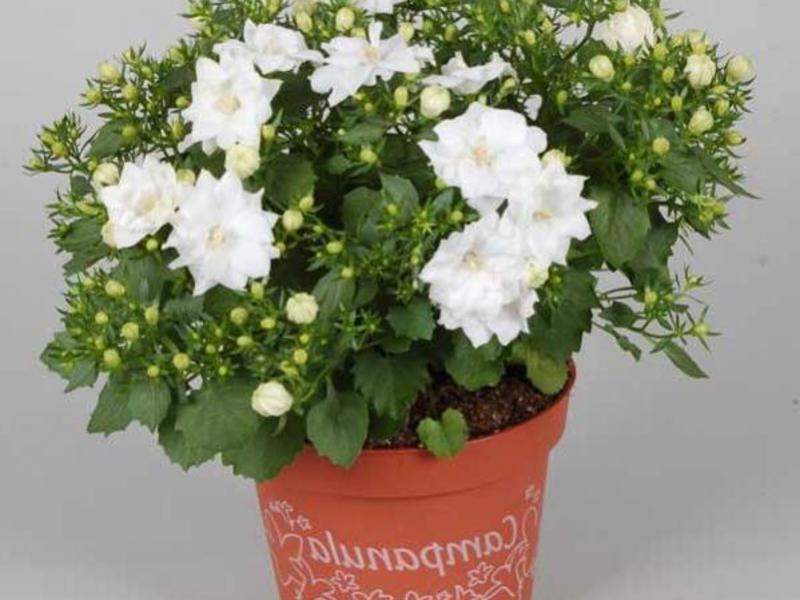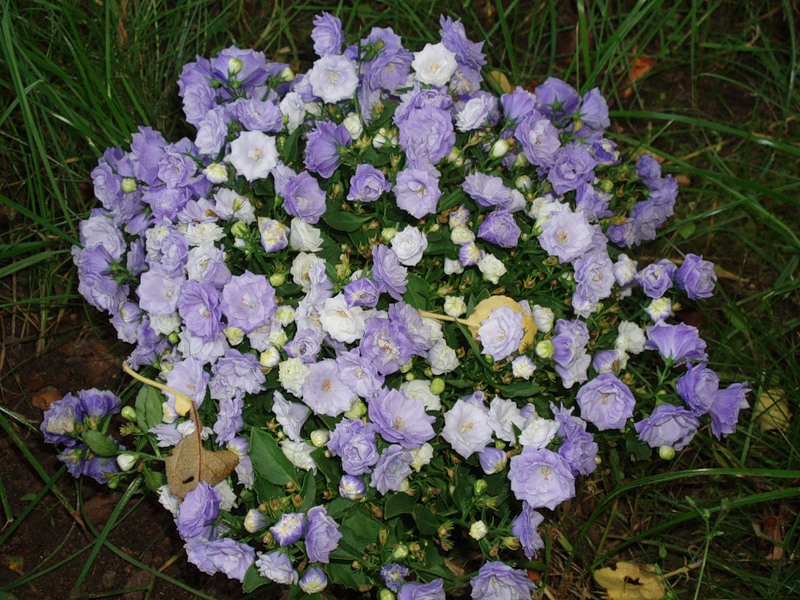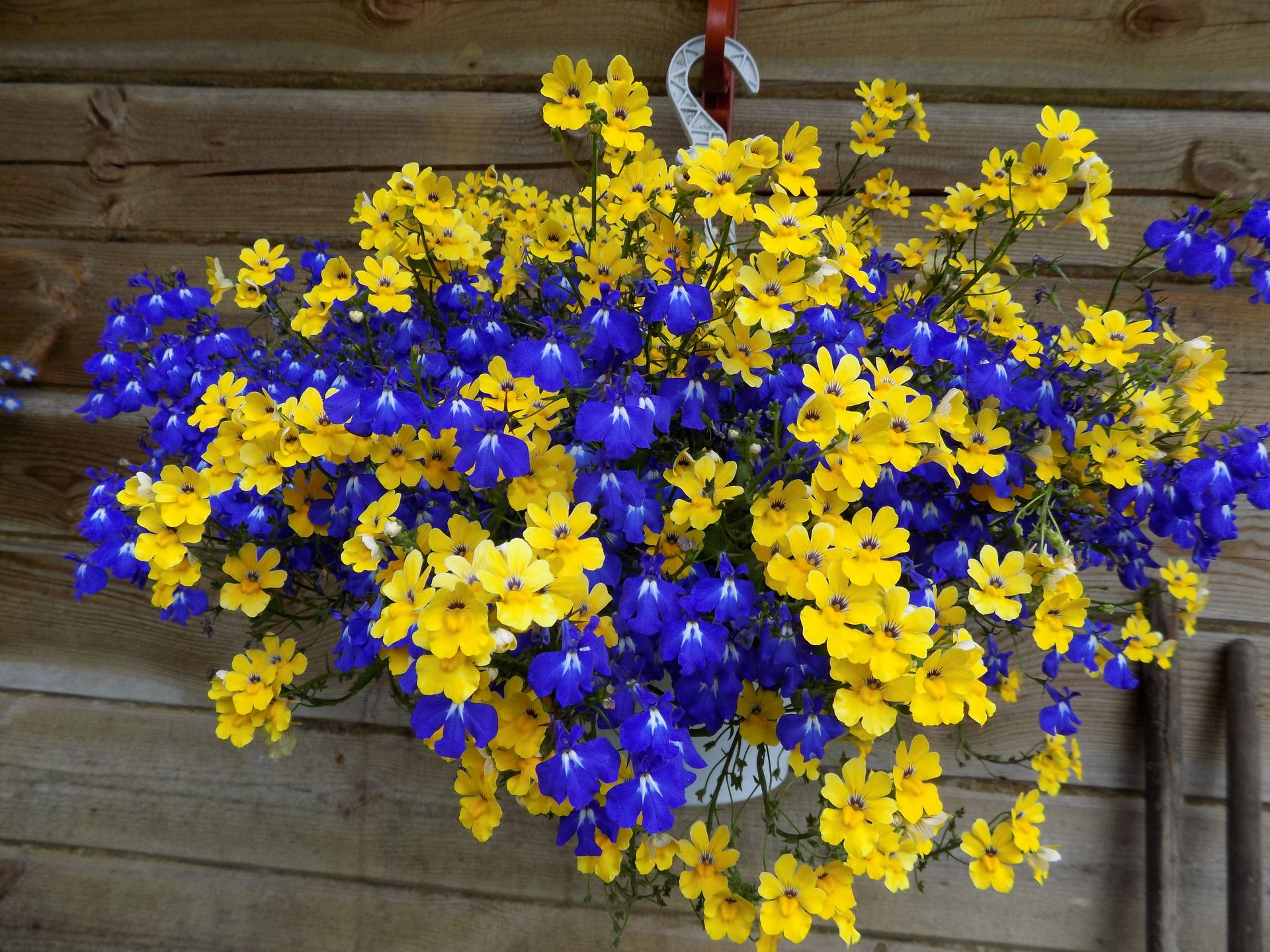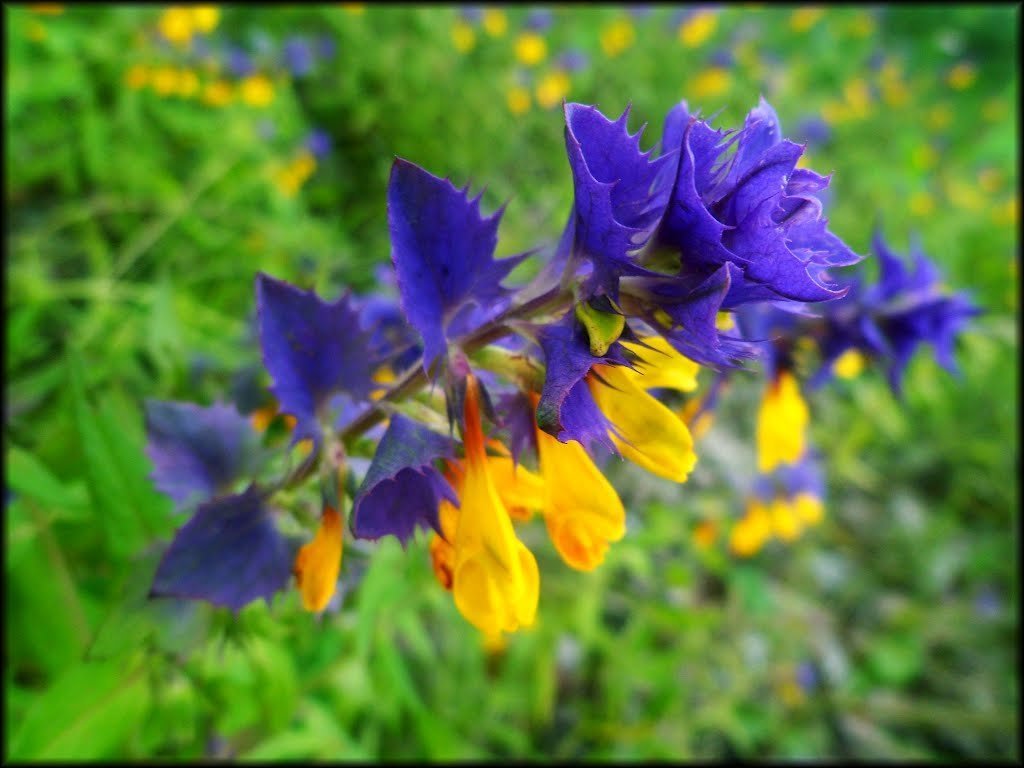The well-known flower "Bride and Groom" is very popular in home floriculture. The plant received such a romantic name due to its delicate flowers, which can be white, blue, lilac. The second name of the plant is campanula. It looks very much like a bell and is widespread in many parts of southern Europe. Today, a large number of species have been domesticated and are widely used in home floriculture. There is a sign that if the newlyweds are given a campanula with white and blue flowers for a wedding, then they will always have happiness and love in their house.
Flowers "Bride and Groom": description, photo
At home, only Campanula is grown, which belongs to herbaceous plants. Her distinctive features are:
- thin creeping or hanging shoots 20-25 cm long;
- light green round-cordate, alternate leaves on long petioles 3 to 7 cm long;
- corymbose panicles-inflorescences, formed at the ends of the shoots and consisting of flowers with a diameter of 2-4 cm;
- flowers of white, lilac, lilac, blue or pale pink.
The most widespread were the campanula "Alba" with white flowers, and the plant "Maya", blooming with blue flowers. It was they who received the name "Bride and Groom".
Campanula: home care
The delicate flower is quite unpretentious, and does not require complex self-care at home.
After the flower has appeared in your home, it needs to be given a few days to adapt and transplanted into another pot with a fresh earthy mixture. The container for planting the campanula should be wide, since its roots grow rapidly. So that they breathe well, the soil is loose... It is best to prepare the mixture from the following components, which must be taken in equal proportions:
- humus earth;
- peat land;
- leafy land;
- coarse sand.
It is imperative to pour a drainage layer on the bottom of the pot.
Lighting and air temperature
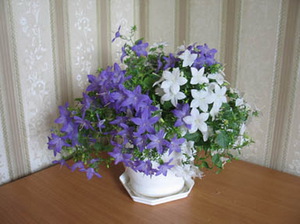 "Bride and groom" likes diffused lighting, therefore, they can be placed on almost any side of the apartment. However, on the northern windows, they may not have enough light, and flower shoots will stretch, which will lead to a loss of decorativeness. Campanula will grow and bloom especially well in hanging pots near the western and eastern windows. On the southern windowsills, it will be necessary to shade it from direct sunlight.
"Bride and groom" likes diffused lighting, therefore, they can be placed on almost any side of the apartment. However, on the northern windows, they may not have enough light, and flower shoots will stretch, which will lead to a loss of decorativeness. Campanula will grow and bloom especially well in hanging pots near the western and eastern windows. On the southern windowsills, it will be necessary to shade it from direct sunlight.
At home, in the summer, the "Bride and Groom" flowers are kept at temperatures within + 20- + 22C. In winter, they need to provide a lower temperature of +12 to + 14C to prepare for future flowering. Campanula does not like heat, but she treats the open air very well. In summer, the plant can be taken out to the balcony or garden, where it grows beautifully and quickly.
Watering, feeding, pruning
When caring for a campanula at home, it is required regular, abundant watering, especially in the hot season and when keeping a flower in rooms with radiators turned on. However, it is necessary to ensure that the water does not stagnate.
Before a dormant period in a cool room, watering is gradually reduced.In the winter months, the plant is watered very rarely and only so that the earthy clod does not dry out.
To make the flower feel comfortable, in rooms with not very humid air, it is recommended to spray its leaves daily with water at room temperature. Spraying is especially necessary for plants located near the included batteries in winter.
During the period of active growth, every ten days, campanula is fed with liquid fertilizers. For this you can use solution of the drug "Kemira-lux»Or other complex fertilizer for flowering plants.
So that the flower does not lose its decorative effect, its dried flowers and leaves are regularly removed, and the elongated shoots are cut off.
Preparing campanella for a rest period
In autumn, the growth of the indoor flower "Bride and Groom" stops, and the plant requires preparation for a state of rest. This requires:
- Cut off the extended shoots so that the remaining branches remain 10 cm long.
- Provide the plant with a cool but well-lit area.
- Water in a cool home 1-2 times a month.
In the spring, the pot is transferred to a warm place, dried shoots from the flower are removed, and watering gradually increases. It is during this period that the overgrown plant can be transplanted into a new, wider pot.
Campanula: breeding methods
Indoor flower "Bride and Groom" multiplies at home in several ways:
- By dividing the bush.
- Cuttings.
- Young shoots.
Reproduction by dividing the bush
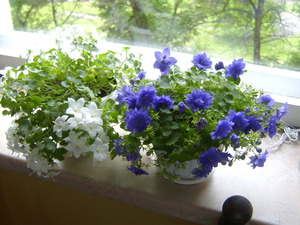 When transplanting an overgrown plant, it can be divided into several divisions. To do this, the bush is carefully taken out of the pot together with an earthen lump and is divided into parts with a knife. The cut sites are processed with crushed charcoal, and the cuttings are planted in new planting tanks... It is not recommended to deeply bury them in the earthen mixture. Planted new bushes are watered with water at room temperature, and for the first time they are placed in a shaded place.
When transplanting an overgrown plant, it can be divided into several divisions. To do this, the bush is carefully taken out of the pot together with an earthen lump and is divided into parts with a knife. The cut sites are processed with crushed charcoal, and the cuttings are planted in new planting tanks... It is not recommended to deeply bury them in the earthen mixture. Planted new bushes are watered with water at room temperature, and for the first time they are placed in a shaded place.
Cuttings
Cuttings can be obtained after pruning. For rooting, only segments from the bottom of the shoots are used. Rooting takes place in containers filled with a peat-sand mixture.
Caring for cuttings consists in spraying earthen sweep around them, and maintaining the temperature in the room within + 20- + 25C. When the segments take root and grow up to 10 cm in height, pinching is necessary. This will provoke the growth of side shoots.
If the cuttings were planted in spring or summer, then by autumn they will grow a little, and in autumn and winter they will rest. Campanula propagated from cuttings in spring can bloom with proper care.
Reproduction by young shoots
In spring, young shoots appear on the plant, which can be separated, rooted and plant as a separate bush campanula. This requires:
 Separate a young shoot 10-20 cm long together with the "heel".
Separate a young shoot 10-20 cm long together with the "heel".- Plant in an earthen mixture, sprinkle with "Fitosporin" and cover with cellophane or a transparent container.
- Place the container with shoots in a cool place with an air temperature of + 12C.
- The mini greenhouse must be ventilated daily and the soil moisture must be checked.
- Shoots should take root in three to four weeks. As soon as they grow, they are immediately exposed to a well-lit, warm place.
- Young campanula bushes that have grown up to 10-12 cm are pinched.
Campanula diseases and pests
At home, the "Bride and Groom" flowers most often affected by pests or diseases due to improper care.
Excessive moistening of the campanula can lead to damage to the bush with gray rot. In this case, the flower becomes lethargic, the root and stem begins to rot, and the moist soil has an unpleasant odor all the time. If the decay process has not gone too far, then the flower can be saved. All rotten parts are removed from the plant, the old soil is thrown away, and the flower is planted in new soil. Watering is reduced.
When growing campanula in a too dry room and non-compliance with the watering regime, aphids, spider mites or scale insects may appear on the plant. If the leaves of the campanula begin to turn yellow and fall off, then they must be carefully examined. When pests are detected, the plant treated with insecticidal agents.
Delicate plant Campanula, with proper home care, will decorate the room with its beautiful flowers, turning it into a garden. With the help of blue and white flowers "Bride and Groom", you can decorate balconies and flower beds in your summer cottage for the summer.
